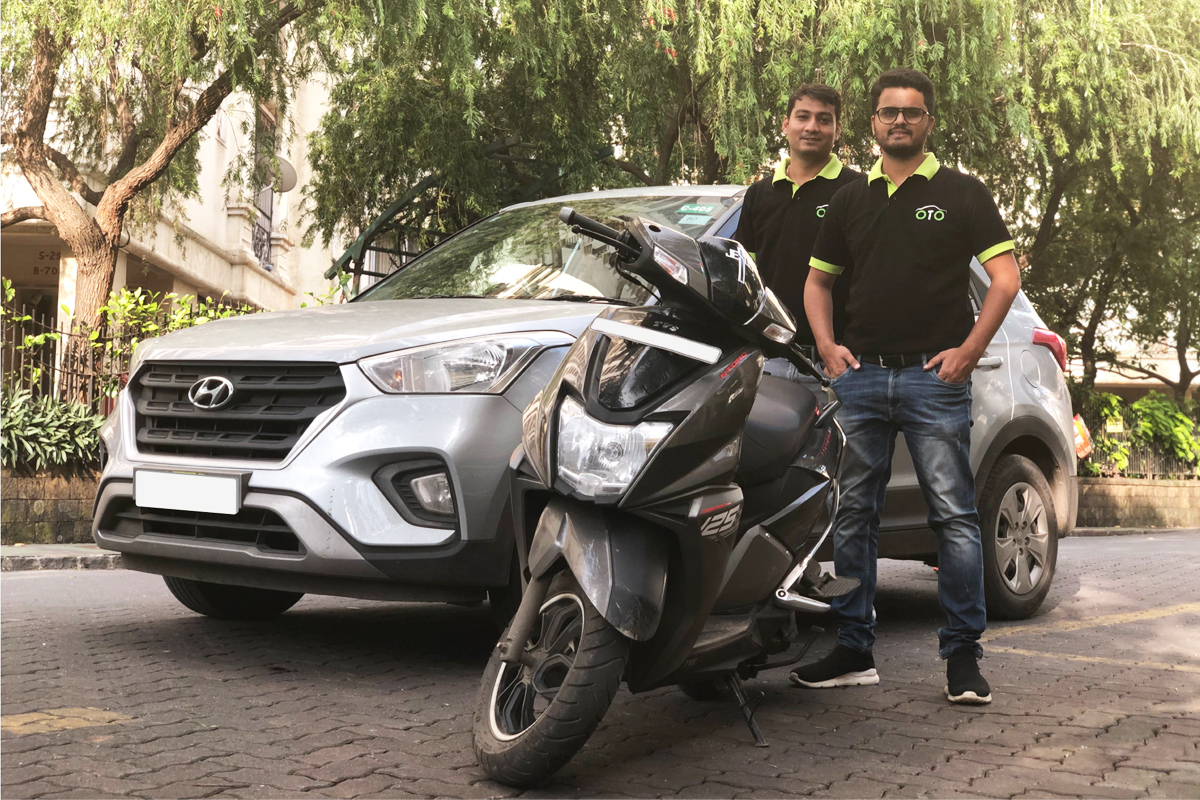 In a world of plenty, imagine using the same smartphone for five years, or still watching Kyunki Saas Bhi Kabhi Bahu Thi (or its present equivalent) on a ‘non-smart’ flat screen TV. Most of us can’t use the same smartphone for more than two years. Similarly, according to former IITian and co-founder of OTO Capital, most don’t even use a two-wheeler for more than five years anymore. If it was up to us, we’d switch vehicles every two years like our smartphones, but then we think about the tedious process of getting a loan. After all, banks still take more than a week just to approve an auto loan.
In a world of plenty, imagine using the same smartphone for five years, or still watching Kyunki Saas Bhi Kabhi Bahu Thi (or its present equivalent) on a ‘non-smart’ flat screen TV. Most of us can’t use the same smartphone for more than two years. Similarly, according to former IITian and co-founder of OTO Capital, most don’t even use a two-wheeler for more than five years anymore. If it was up to us, we’d switch vehicles every two years like our smartphones, but then we think about the tedious process of getting a loan. After all, banks still take more than a week just to approve an auto loan.
Thus, since founding CredR, an online marketplace for two-wheeler resales in 2015, Sumit Chhazed realised there were a lot of flaws to be ironed out. Along with Harsh Saruparia, a fellow IITian, he founded OTO Capital in mid-2018. The idea was to make the process of buying new two-wheelers as seamless as possible, and quick.
Simply put, here’s how it works. Consider a new scooter costs Rs.70,000. OTO (or OTO, since it looks like a motorcycle when italicised) then estimates how much the scooter will be worth in the second-hand market approximately after three years. If it comes to Rs.30,000, the owner pays instalments (EMI at interest rate of 11-12.5%) on the remaining amount of Rs.40,000. At the end of the tenure of say two years, the buyer can choose if she wants to extend the installment scheme and retain the vehicle, sell it off or upgrade to a costlier model. All this calculation is sorted within a few minutes, through an app. The company claims there is zero paperwork involved and all you have to do is provide your digital bank statement, PAN number and Aadhaar verification.
“With a financing scheme from a bank, the EMI on a Rs.70,000 scooter for three years would come to about Rs.2,800. Meanwhile, a buyer could walk away with the scooter by paying about Rs.2,000 per month. It might not sound like much. However, OTO targets the buyer aged 22-36, whose average monthly income is around Rs.22,000. Here, Rs.1,000 saved per month makes quite a difference,” Chhazed explains. In addition to this, the start-up also provides service schedules, road-side assistance, and resale assistance through its app.
But, how does OTO make money? “We promise a certain percentage on the loan to the bank, take a higher percentage from the customer, and the arbitrage is ours,” Chhazed says. Meanwhile, banks like the fact that OTO manages the complete life cycle and “assures guaranteed return”. “By partnering with us, they acquire a customer with zero marketing and operations cost,” he adds. The company claims that less 0.5% of total loans have turned into NPAs and that their collection is 45% more than the industry average. With a proprietary credit engine that asses risk, OTO filters its customers. “If a loan goes bad, we take the hit, along with our banking partner. We also take a security deposit from the customer, starting at Rs.5,000,” says Chhazed.
He states how the venture hardly burned any money during its operations, and worked with banks from get go. However, to bring banks to trust the idea, OTO raised a seed-round of Rs 45 million from investors such as K Ganesh and Sameer Sawhney. Venture Catalysts pumped Rs 100 million in September 2019. In addition to the arbitrage, OTO takes commission from insurance and maintenance partners for bringing business. Further, if the resale happens via the app, OTO makes a margin between the buying and selling price of the used vehicle.
The app went live in October 2018, and is available in 50 two-wheeler manned showrooms in Bengaluru, Pune and Hyderabad. Chhazed claims that the app does more than 300 transactions per month, and has sold 1,800 two-wheelers so far. The plan is to hit a run-rate of 1,000 transactions per month by mid 2021 and expand to 150 showrooms. This expansion will ride on the app’s launch in Hyderabad, Chennai and NCR.











